Chambal Valley – Protected by Infamy, Curses and Crimes
Chambal Valley – Protected by Infamy, Curses and Crimes
The Chambal Valley is a cursed land as per mythology. It boasts of a barren and ravaged landscape, ravines, gorges and jungles. Bandits and dacoits. Outlaws and lawlessness. The setting for many iconic movies and the backdrop for many legendary Indian Robin Hoods…
It remains pristine and untouched by commercialization. Home to many endemic species of fauna and blessed with a ravaged, surreal, starkly beautiful landscape… The reason for this preserved beauty of unsullied nature is fear. A couple of factors have contributed to preserving this land from the depredations of man and commerce:
- the recipient of a dreaded ancient curse and
- the home of the dreaded modern dacoits.
Surprised? Read on…
The Curse of the Chambal Valley
Let us start with the curse. The Chambal river, a tributary of the River Yamuna, is considered unholy. Many myths and legends behind this classification. According to an ancient text, an Aryan King, Rantideva, sacrificed thousands of cows in the attempt for absolute power. The river is believed to have originated from the blood of these cows. That’s why it is also called the River Charmanyavati. The priests cursed the river for this reason.
Another text mentions that the river was cursed by Draupadi, the Queen of the Pandavas of the Mahabharata, on her final journey to heaven. The reason for this is not mentioned though.
Yet another legend is that during the times of the epic Mahabharata, the dice game between the Pandavas and Kauravas was held on the banks of the Charmanyavati (now Chambal). This ended in the disgrace and disrobing of Draupadi. She cursed the river for bearing witness to this act. From then on, anyone who drank the waters of this river would thirst for vengeance…
These curses ensured the banks of the Chambal River were not settled in and commercialized. Even the River, unlike many others in India, remains pristine.
The Dacoits of Chambal Valley
During the Great Revolt of 1857 when Indian soldiers in the British Army rebelled for independence, the rebels hid in the ravines. Over time, the ravines were taken over by dacoits. They were called Thuggees, network of robbers who infested the Chambal valley and other highways across India. In fact, this is the genesis of the English word, “Thug”.
It thus became the home of outlaws – the dreaded dacoits of Chambal. Chambal lies on the convergence of 3 Indian states (Uttar Pradesh, Madhya Pradesh and Rajasthan) that were once mired in the morass of casteism and inequality and consequent exploitation of man by man. Ideal breeding ground for rebels and outlaws with or without a cause. The deep ravines and jungles made it a land ideal for hiding. The dacoits made it their own. Soon, small bands of outlaws formed who terrorized the area with loot and pillage. Some were considered Robin Hoods who targeted the rich and were hence protected from the law by the local villagers. Others were feared and hence protected.
Some of the famous Dacoits
Some of the more famous dacoits of this region were the ‘Bandit Queen’ Phoolan Devi, Paan Singh Tomar, Man Singh and Nirbhay Singh Gujjar. Many a Bollywood film has been made on the region and on the dacoits there. There have been old Hindi films from ‘Pathar Aur Payal’ and ‘Dacait’ to the iconic ‘Sholay’. Even now, hit Hindi films like Paan Singh Tomar starring the late Irrfan Khan and Sonchiriya starring the late Sushant Singh Rajput are made on the dacoits of the Chambal valley…
In a recent film on Pan Singh Tomar, the lead character says that the ravines house outlaws – the dacoits are found in the Parliament… Quite true when one looks at the life stories of these fearsome dacoits who became symbols of resistance against the oppressive caste and elitist system. Take a look at some of them:
Phoolan Devi
Phoolan Devi was born in a lower caste. The upper caste Rajputs of Behmai kidnapped her in early 1981, She underwent abuse for a few weeks before escaping into the Chambal ravines. She gathered a band of outlaws and by the end of the year, massacred 22 of the Rajputs who kidnapped her. And then started a reign of terror against the upper castes and elite. She surrendered in 1983. After her prison term, she entered politics and became a Member of Parliament. She was assassinated in 2001.
Daku Man Singh
Daku Man Singh was one of the legendary dacoits of the region. He was a local Robin Hood. He was a scourge of the rich and a hero among the local poor villagers. The villagers wrote many folk songs about him which are still sung. After a long career in crime with over 1100 robberies and close to 200 murders against his name, he was killed in 1955. In his ancestral village of Khera Rathore, there is even a temple dedicated to him!
Paan Singh Tomar
His was a fascinating story. He was an army man and athlete. After retirement in 1972, he settled down in his village. There he had a land dispute with the local goon. The result of this rivalry was Tomar killing the goon and becoming an outlaw. He was killed in 1981.
These are just some of the more dreaded dacoits and their journey to crime. Not all of them ended life as dacoits. Many, like Malkhan Singh, Mohar Singh, etc., surrendered and then made their way to politics or farming. Some, like Seema Parihar, even ended up in TV reality shows. They reflected the land, raw, untamed and fierce, yet with an inexplicable romance – the stuff of legend and many a movie.
The dacoits remained undisturbed here and hence, the region stayed largely uncommercialized – free of industry and even poachers. The authorities removed and rehabilitated the dacoits by the 1970s. It is now a peaceful area harboring natural beauty and legend.
The Fauna of the Chambal Valley
The infamy of the curse and the scourge of crime had a surprising side-effect. This misfortune of the Chambal Valley protected it from commercialization, poaching and rapid urbanization. Because of this, we have this paradise preserved for us. The diversity of fauna, riverine and otherwise, that the Chambal Valley houses is staggering:
- 300-plus species of birds including the resident and migratory ones. The list includes 13 endangered species
- the fish-eating crocodiles, the once critically endangered species of Gharial (Gavialis Gengeticus)
- the Gangetic Dolphins (Platanista Gangetica)
- Turtles, 8 species of them
- Indian Striped Hyenas and Golden Jackals
- the world’s largest breeding ground of the Long-Billed vultures
This pristine-ness is now the new curse for the Chambal Valley – it is attracting a new breed of new-age dacoits – sand mining mafia, fish poachers, construction activity and industries… Lets see if the Chambal Valley successfully combats this new curse.
The Chambal River
The Chambal River in North India is the chief tributary of the Yamuna River. It runs about 1000 kms after originating in the Vindhyas in Madhya Pradesh. It flows north through Rajasthan and then into Uttar Pradesh before joining the Yamuna.
The River has its own set of tributaries that feed it – major among them are the Alnia, Kalisindh, Mej, Chakan, Parwati, Kunu, Banas, Berach, Mashi, Khari, Morel and Kothari rivers. The Chambal feeds the Malwa flat terrain and is intrinsic to its economy with many major and minor irrigation projects – dams, irrigation systems, canals and hydroelectric power.
What to do in the Chambal Valley
There’s lots to do here – slow travel at its best. Just wander around and soak in the natural beauty of the Chambal Valley or maybe take a Ravine jeep safari. Take in the distinct rural charm in the local villages, especially Holipura. Listen to the legends from the friendly villagers over a cuppa. Head out on a Boat safari to sight the fauna and soak in the beauty of the landscape. Or maybe a camel safari? The historically inclined can visit the 17th century Ater Fort, built by the Bhadorias and subsequently captured by the Mughals and the Marathas. And do not forget to visit the National Bird and Wildlife sanctuary and Sarus Crane Reserve. The more religious minded can also visit the famous Bateshwar Shiva Temples in Bah – these were once the temples where the dacoits would pray before starting any new project.
How to get there
Chambal is less than 100 kms from Agra by road. It is less than 300 kms from New Delhi. The Ravines have quite a few accommodation options in various budget ranges – you could also choose to stay in Agra, Etawah, Dewri or Bah.
The nearest airports are Agra, Gwalior and Kanpur. The nearest railway stations are Agra, Dholpur and Bharatpur.
Best time to visit
Avoid the summers and the monsoon. October to March is a good time to travel to the Chambal Valley from a perspective of both weather and bird-sightings.
In case you wish to see some places nearby, the Taj Mahal in Agra is a must-do, as also the lesser-known Fatehpur Sikri. Click here to read more on the history and beauty of Fatehpur Sikri.
You could look at the travel packages to Central India and add on a module to Chambal. Write to us and we will be glad to help.
Read about some of the other interesting places in Mysterious India. Or maybe the places of historical significance in India?
India is a many-faceted country. It celebrates the mysterious, cultural, natural, wildlife, spiritual and more… Here is some more information on these facets of India, to help you travel beyond the regular tours and packages to India.
And if you are looking to have interesting experiences around India, Asia, Europe or Africa, visit Beyonder Travel.

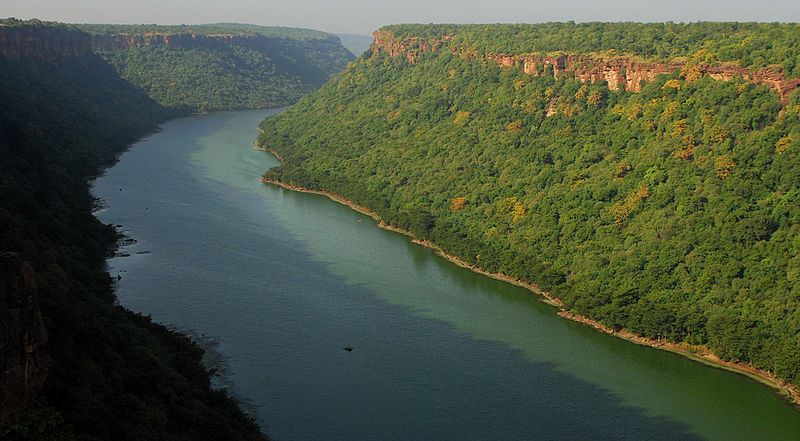
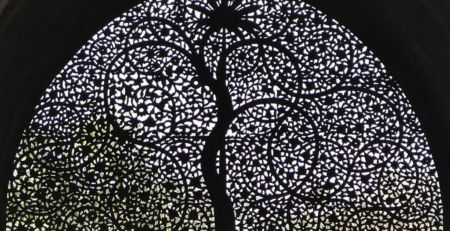
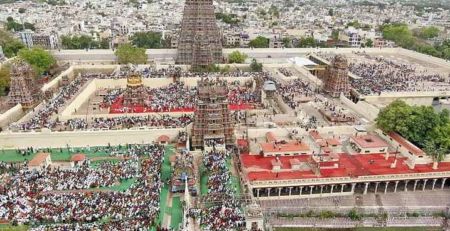

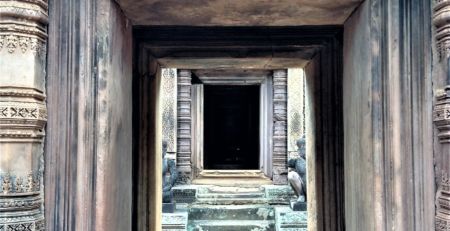
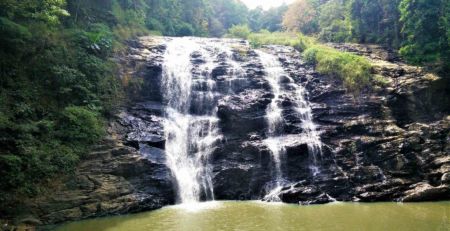
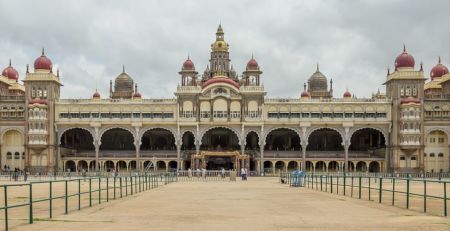

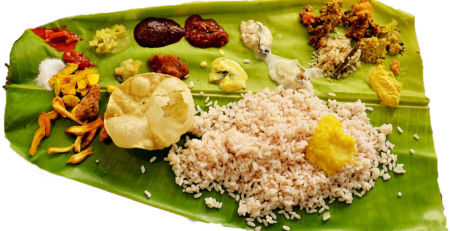

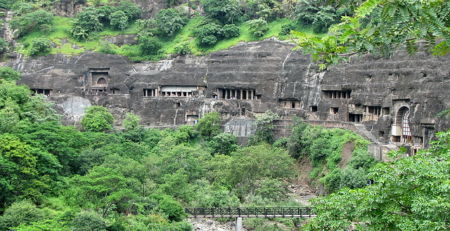
Leave a Reply